Why has Luton station waited 18 years for lifts?
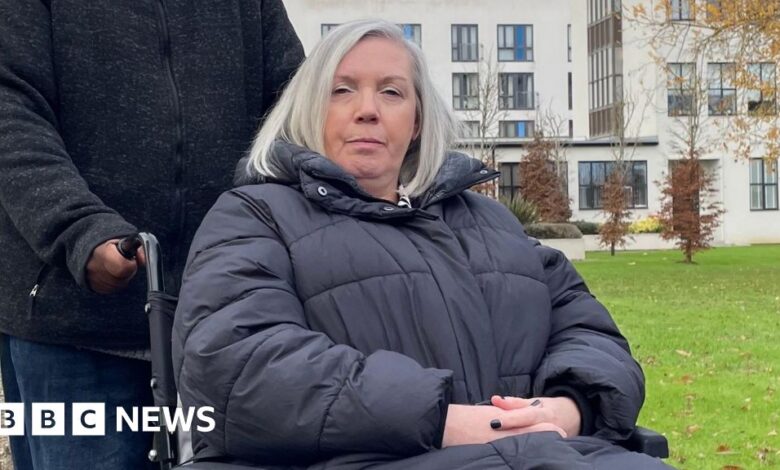
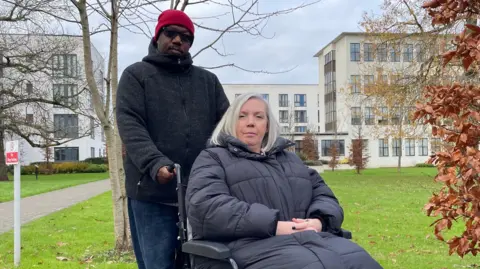 Ben Schofield/BBC
Ben Schofield/BBCFor almost two decades, passengers at a town’s main railway station have repeatedly been promised lifts – but they have never arrived.
Travellers at Luton, named among England’s 10 worst stations in 2009, still face flights of stairs to reach most platforms.
Gold medal-winning Paralympian and wheelchair user Baroness Tanni Grey-Thompson said the 18-year wait was “ridiculous” and “completely unacceptable”.
Network Rail acknowledged “how frustrating the delays are” and apologised.
It plans to start preparatory work in the spring but did not know how long the project would take or how much it would cost.
So what has the wait meant for passengers with disabilities?
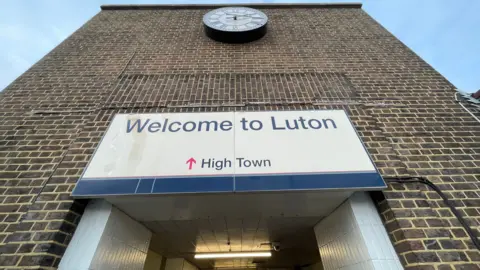 Ben Schofield/BBC
Ben Schofield/BBCLast year, 3.6 million passengers used Luton – the 144th busiest station in the UK.
Karen James, 53, is unlikely to be among them in the future.
In May, she moved away from the Bedfordshire town where she had lived all her life, partly due to the continued lack of lifts.
A wheelchair user since 2018, she has osteoarthritis in her back, and fibromyalgia which causes chronic fatigue, brain fog and dizziness.
She previously used the station to visit her son and 20-month-old grandson in Welwyn in neighbouring Hertfordshire.
But four of its five platforms are only accessible by stairs, which she finds agonising and take her “forever” to climb.
“My husband would have to bump down the wheelchair,” she added.
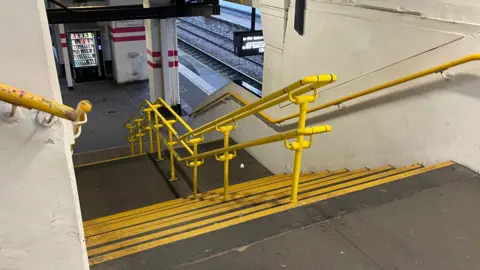 Ben Schofield/BBC
Ben Schofield/BBCGoing back up was worse than descending.
“It took me a good 20 minutes or so to get up the steps and I was just exhausted,” she said.
“When you’ve got disabilities, you should be able to have access to everything you need, like transport.”
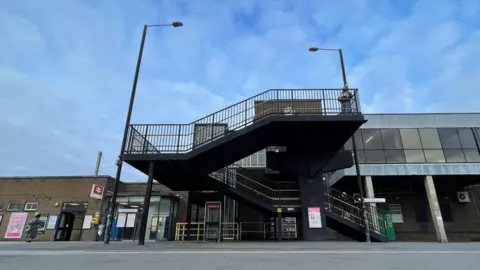 Ben Schofield/BBC
Ben Schofield/BBCLuton’s passengers were first promised better access in 2006 when Labour ministers launched an Access for All fund, promising £370m over 10 years.
Luton was among the first 42 stations in line for some of that investment, which the Department for Transport (DfT) said would “generally” include “the provision of lifts or ramps”.
Three years later, then transport secretary Lord Adonis promised a portion of a £50m improvement fund.
In 2014, the Conservative government announced Luton would share another £100m from Access for All, when railways minister Baroness Kramer said the money would “make a real difference to the lives of disabled passengers”.
Projects would be “completed by 2019”, but work at Luton and several other stations was postponed.
Platforms ‘not strong enough’
Another announcement in 2019 said the project would be re-started, with work “completed by the end of March 2024”.
For much of this period, there was an ambition to completely rebuild the station, partly financed through access funding, but it did not get off the ground.
Most recently, station owner Network Rail said “detailed design work” had revealed platform extensions – installed in 2010 – were not strong enough to bear the weight of the planned lifts.
Strengthening work is due to begin next spring.
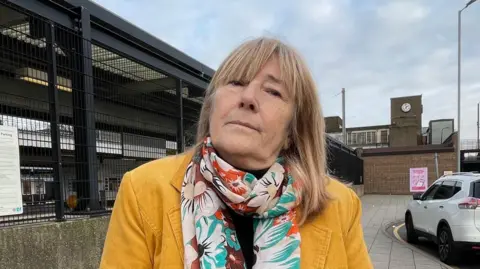 Ben Schofield/BBC
Ben Schofield/BBCMarie McCormick, 64, has dystonia, which causes muscle spasms in her upper limbs and neck, and she said the situation was “discriminatory”.
“Policymakers have a duty of care to provide equality in public spaces,” she said.
She would like to use trains more for days out and hospital appointments, but said using the steps would give her “palpitations”.
Poor access made her and others with disabilities vulnerable to “isolation…. it just exacerbates the social exclusion”.
 PA Media
PA MediaBaroness Grey-Thompson, who crawled off a train in London in the summer when assistance did not arrive after 20 minutes, said there was a “massive sense of frustration” in the failure to bring ageing stations up to date.
She said Luton’s 18-year wait seemed “a ridiculous amount of time”.
“When people see the station is going to get Access for All funding, there is an assumption that there’s going to be pretty major change,” she said.
“If the funding’s there and the will is there, these sort of things should just happen.
“There needs to be some really serious questions asked about why is it so complicated to do it.”
In a statement, the independent London TravelWatch watchdog said implementation had been “painfully slow” and “extremely frustrating” for wheelchair users, as well as for passengers with buggies or heavy luggage.
“It is one of [our] key priorities to ensure this programme of work is better implemented across the network, to ensure all stations are more accessible,” it said.
“We understand the work at Luton will begin next spring, and look forward to this work being completed without further delays.”
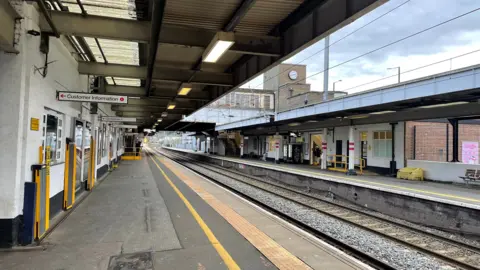 Ben Schofield/BBC
Ben Schofield/BBC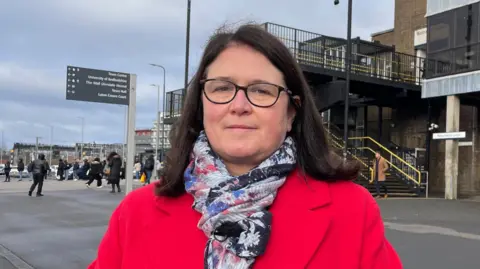 Ben Schofield/BBC
Ben Schofield/BBCLuton South and South Bedfordshire Labour MP Rachel Hopkins said she had heard “various reasons” for the delays.
“It was pushed from one budget period to the next budget period, then it was Covid, then it was all the designs, then it was ‘we’re trying to start, but we found some problems’,” she said.
She said Network Rail “isn’t project-managing it properly enough”.
“For them to keep delaying – I don’t think it’s acceptable.”
Station operator Govia Thameslink said it wanted lifts installed “as soon as possible” and was supporting Network Rail.
Station staff, it added, would help passengers and arrange alternative transport to Luton Airport Parkway for those unable to manage stairs.
Since Access for All launched, step-free accessible routes have been built at more than 250 stations.
Gavin Crook, principal programme sponsor for Network Rail’s East Midlands route, said: “We are committed to providing access improvements at Luton station and are sorry this is taking longer that we would like.”
A DfT spokesperson said: “Everyone should be able to travel with ease and confidence, which is why this government is committed to improving the accessibility of our railways.
“While previous plans for improvements at Luton station were delayed at the time due to design challenges, Network Rail is now responsible for the works, which are progressing.”





